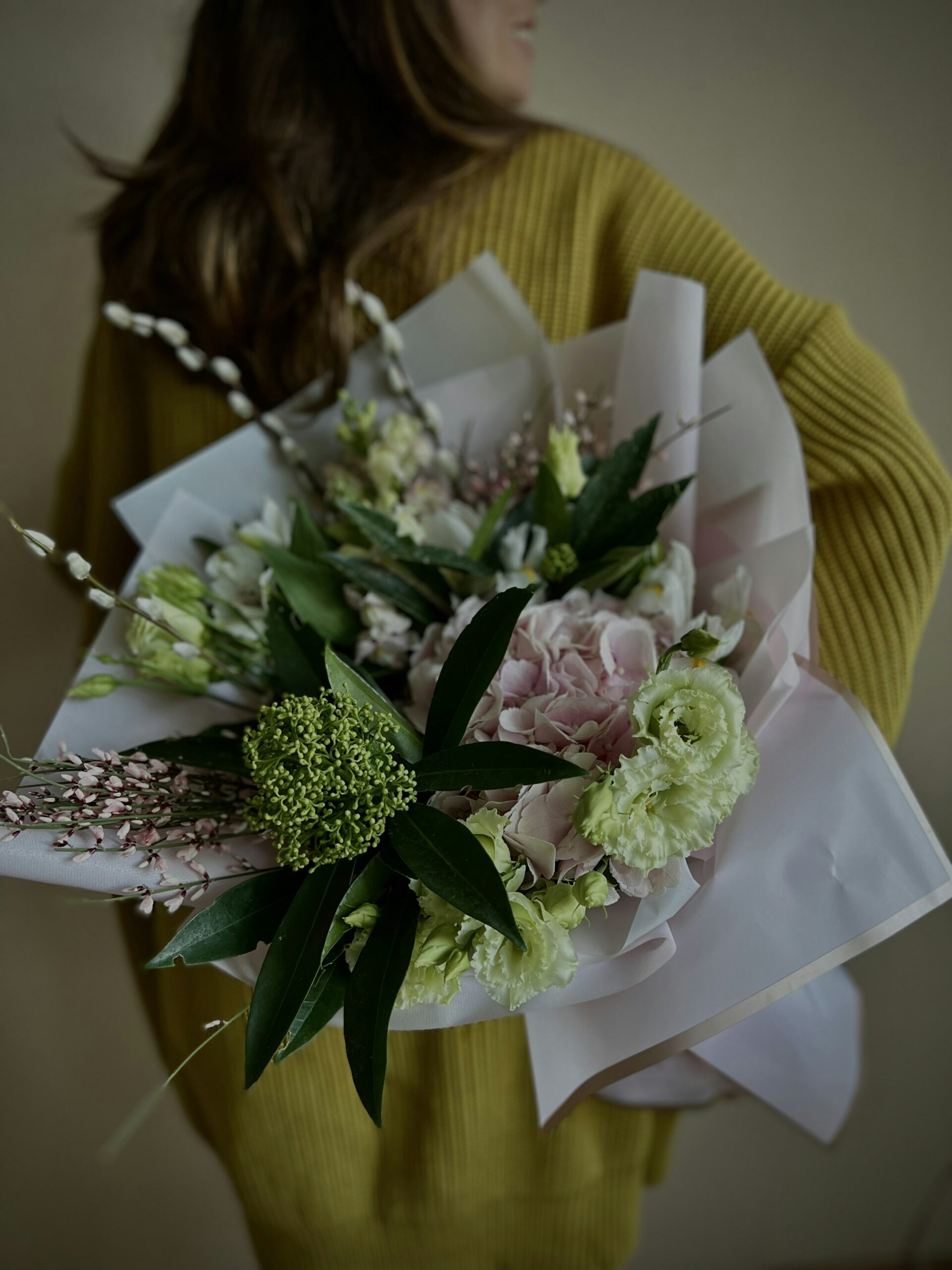Your cart is currently empty!
Secrets to Hydrangea Mastery: Elevating Floral Design from Garden to Gala

The hydrangea, with its distinctive globe-like clusters and mutable palette, has cemented its status as a vital anchor in contemporary floral artistry, transitioning arrangements from mere decoration to statements of luxurious intent. Sought after for their inherent volume and romantic aesthetic, these blooms demand specific cultivation and handling techniques to maximize their impact in settings ranging from intimate home décor to grand wedding celebrations. Understanding the subtle architecture and hydration requirements of this classic flower is crucial for both professional florists and passionate enthusiasts aiming to create lasting, high-impact compositions.
Architectural Elegance and Color Dynamics
Hydrangeas are prized not only for their abundant size but also for their structural variety. The most recognizable form, the mophead, offers dense, spherical clusters that provide immediate visual weight, ideal for focal points. Conversely, the lacecap variety presents a more nuanced texture, featuring a flat center of small buds surrounded by a ring of larger, showy petals, lending a delicate contrast to bouquets.
One of the flower’s most fascinating characteristics is its ability to shift color based on soil chemistry. Deep blues and purples typically manifest in more acidic soils, while alkaline conditions encourage pink and red hues. White varieties, which maintain their neutral shade regardless of soil pH, offer reliable elegance. This inherent versatility allows designers to integrate hydrangeas across various color schemes, providing essential volume or soft textural contrast to other blooms.
Selection and Post-Harvest Handling
The longevity and appearance of a hydrangea arrangement hinge heavily on meticulous selection. Given their disproportionately heavy flower heads, a sturdy, unblemished stem is paramount; weak stems collapse quickly under the weight. Florists advise rigorously inspecting petals for any sign of browning or wilting, which indicate rapidly diminishing vase life.
Hydration is the single most critical factor for these water-intensive blooms. To mitigate rapid wilting, experts recommend immediate and specific post-harvest steps:
- Precise Cutting: Stems should be cut at a 45-degree angle, ideally submerged in water, to prevent air bubbles from blocking the vascular system.
- Leaf Removal: All leaves that would rest below the waterline must be stripped away to prevent bacterial growth and subsequent decay in the vase water.
- Deep Rehydration: Allowing blooms to soak in fresh water for two hours before arranging is essential. For extended freshness, some techniques involve dipping cut ends in alum or using commercial floral preservatives.
Integrating Hydrangeas into Professional Design
In bouquet construction, hydrangeas usually fulfill two main roles: the focal point or the lush filler. When used as the anchor, their size drastically reduces the need for numerous accessory flowers, creating an immediate sense of luxurious abundance. Smaller companion blooms such as roses, peonies, or lisianthus can then be layered around the central hydrangea mass for textural depth.
As a filler, hydrangeas soften the composition’s edges, providing a verdant backdrop that emphasizes accent flowers. Their substantial presence adds crucial visual volume to diverse design styles—from classic round bouquets to loose, flowing garden arrangements.
To refresh drooping blooms, a common florist trick is to immerse the entire flower head briefly in lukewarm water. Placing completed arrangements in cool, shaded areas, away from direct light and drafts, further ensures their pristine presentation, reaffirming the hydrangea’s role as a high-maintenance yet ultimately indispensable flower in refined floral design.